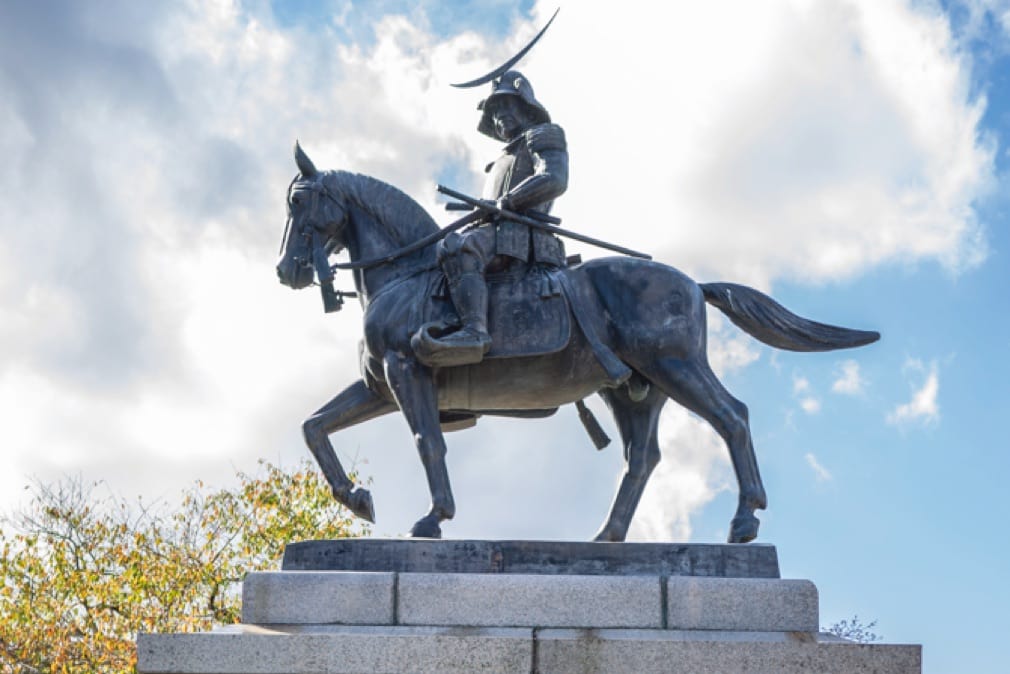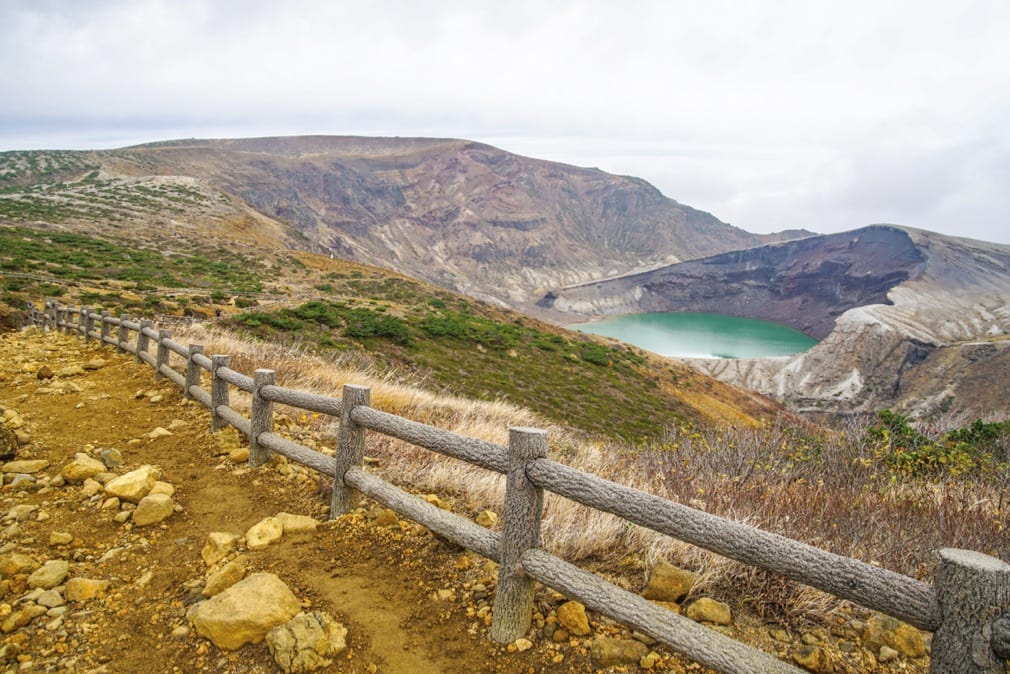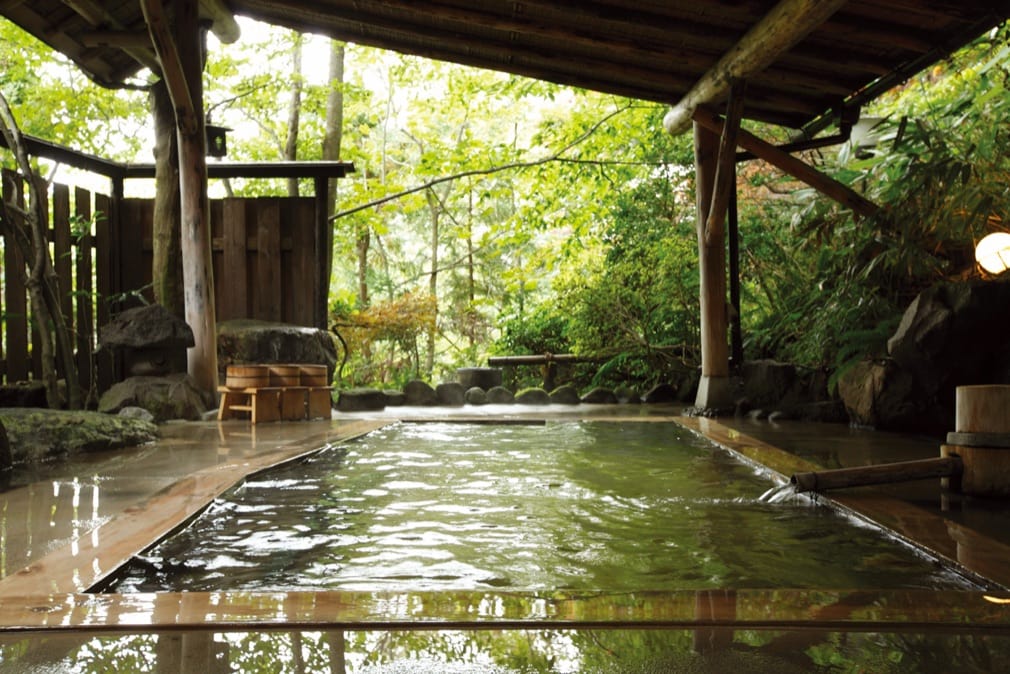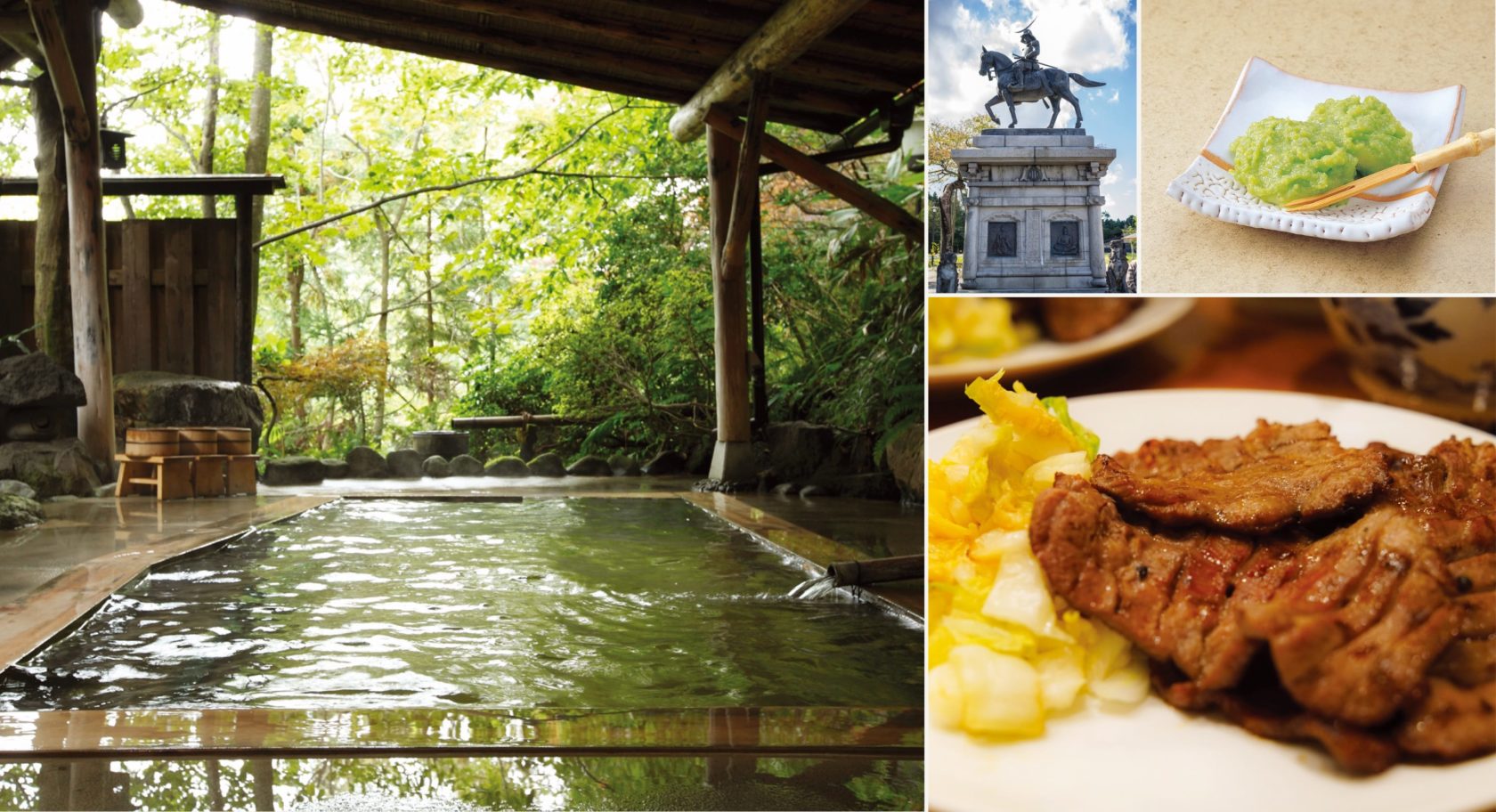
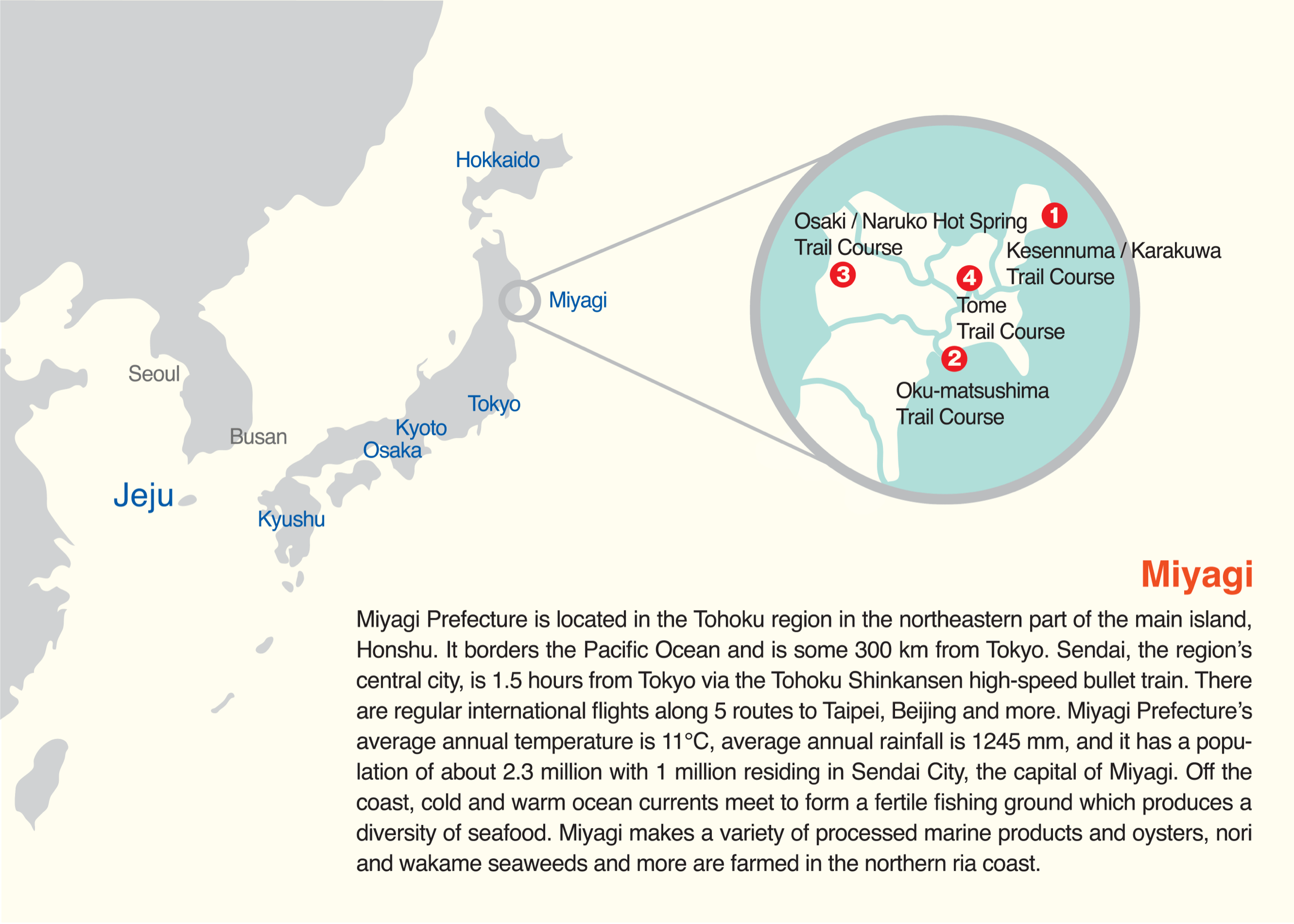
Miyagi Prefecture is a destination for excellent dining. While practically overflowing with fresh seafood from the Sanriku Coast, there are other foods Miyagi locals think you must try. “Zunda,” made from green edamame soybeans, is used in a variety of ways. Miyagi’s soul food is Gyutan, or grilled beef tongue. Miyagi is a top savory fish cake producer and makes these “Sasakamaboko” in the shape of a bamboo leaf. Sample them all for the true Miyagi culinary experience.
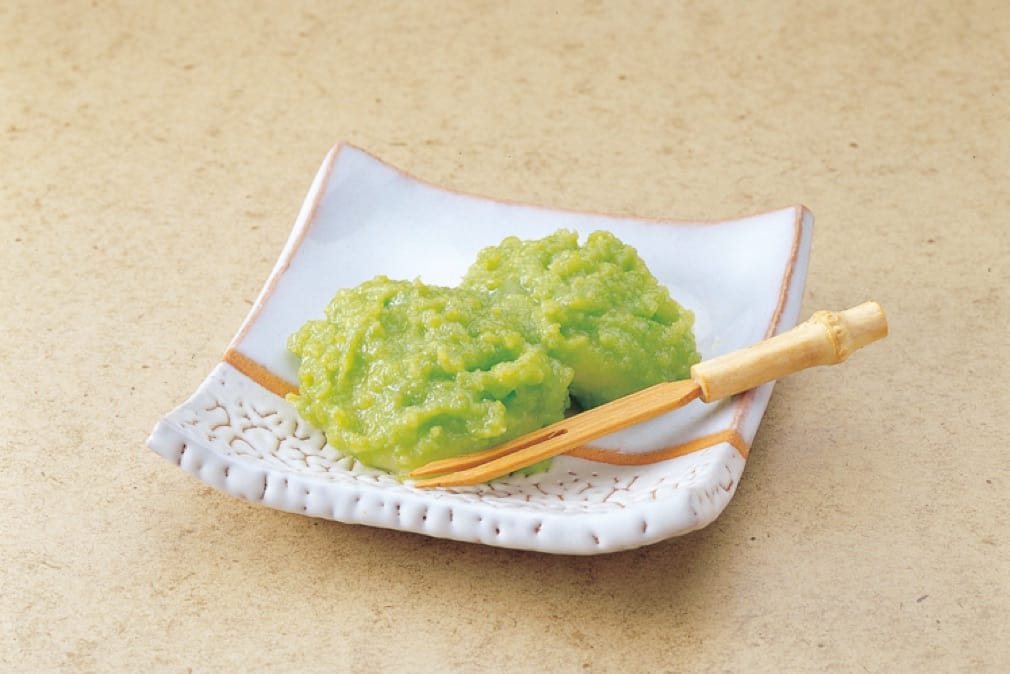
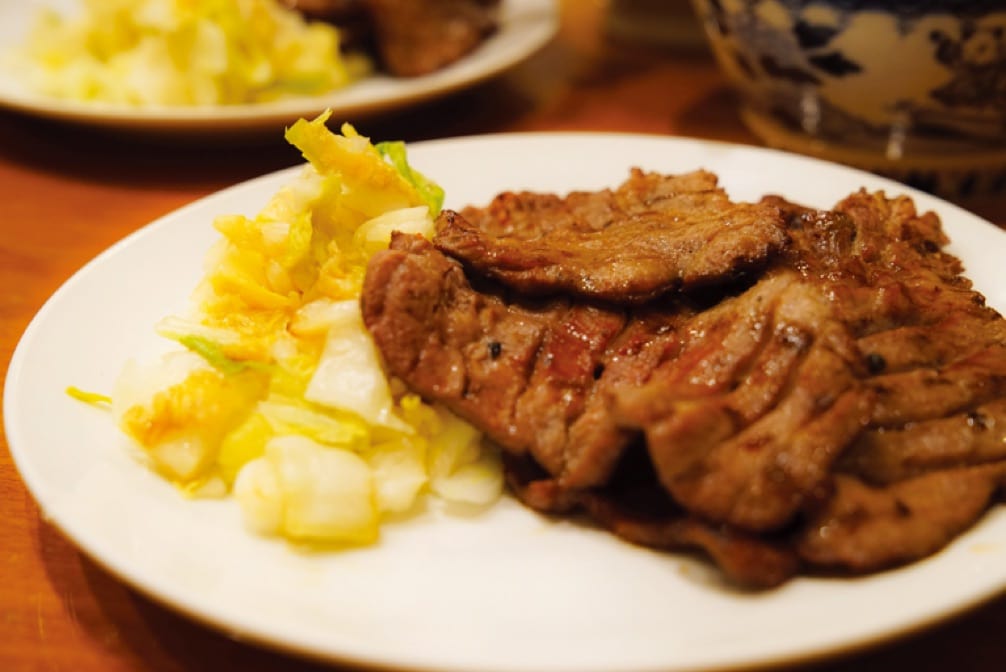
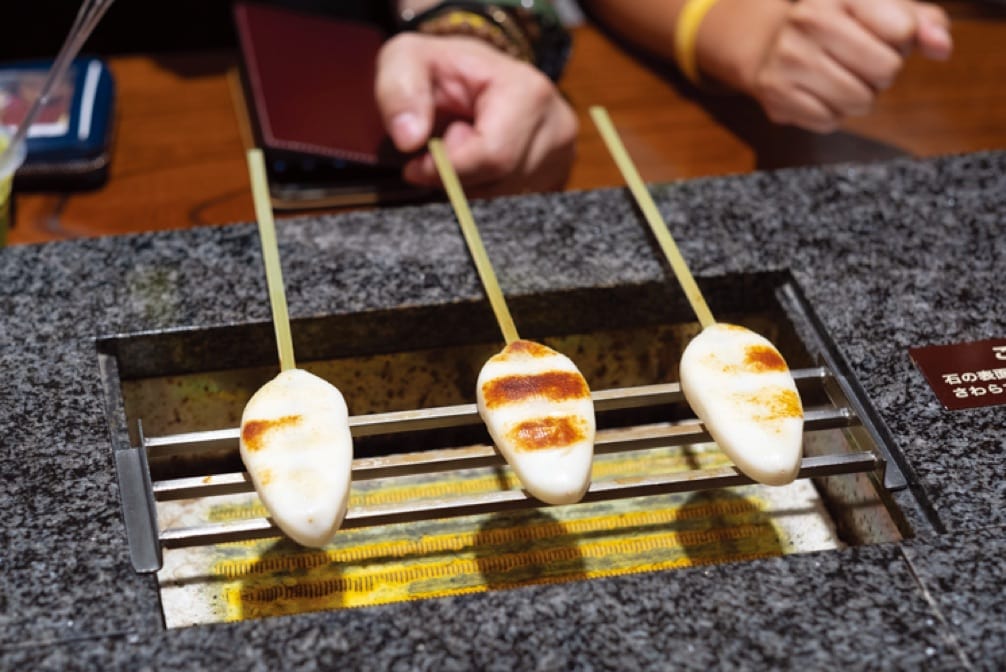
In Miyagi Prefecture, many places related to the first ruler of the Sendai domain, Date Masamune, remain to this day. Masamune once ruled from Sendai Castle, and today the site where the castle stood is a history museum which tells the story of how this samurai hero led Miyagi to prosperity. Located in the southern part of the prefecture is Zao, with a volcanic crater lake that will impress you with its natural beauty. In northern Miyagi, Naruko Onsen is a hot spring area famous for its many distinct types of springs, and is one of many places in Miyagi worth including in your visit.
